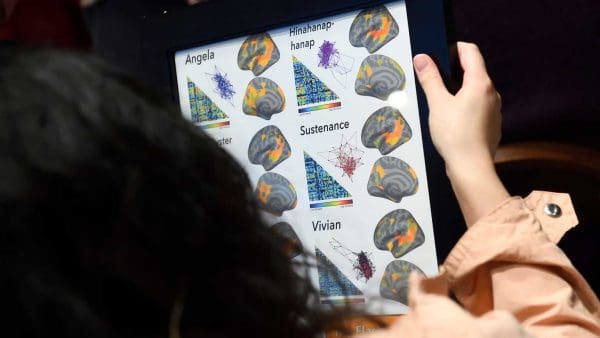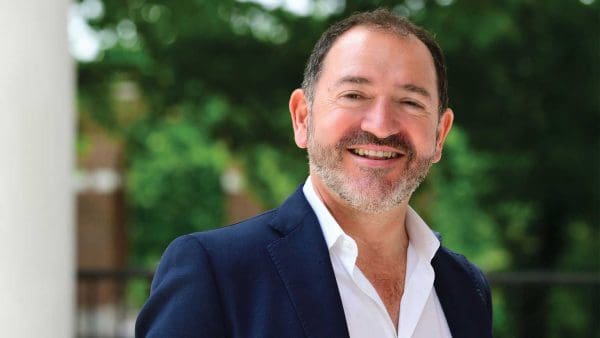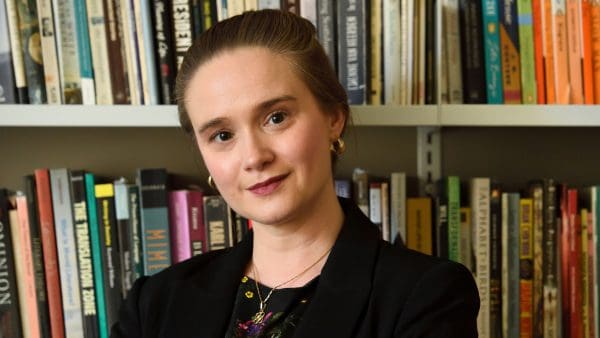
In coming years, climate change will be more and more obvious. It will include significant impacts on cities like Baltimore, and the heaviest burdens are likely to fall on underinvested communities and neighborhoods.
That’s because cities in general, and underinvested neighborhoods in particular, already experience more than their share of environmental challenges, including air and water quality issues, flooding, general lack of trees, and excess heat. As an industrial city with historically segregated neighborhoods, Baltimore faces particular risk.
A group of Baltimore researchers and community organizations, led by Johns Hopkins University, wants to build up Baltimore’s defenses against the impacts of climate change. The partnership, called the Baltimore Social-Environmental Collaborative, or BSEC, received a $24.5 million grant from the U.S. Department of Energy to advance understanding of environmental conditions at the neighborhood level; integrate climate and environmental science with community discussions of investment priorities; and, ultimately, contribute to climate action plans that make environmental justice a priority.
“BSEC builds from the understanding that to be just and effective, climate solutions need to be co-designed with communities,” says Benjamin Zaitchik, professor in the Morton K. Blaustein Department of Earth and Planetary Sciences and the study’s lead investigator. “This Department of Energy investment gives us an opportunity to build a cutting-edge urban climate analysis system. But it’s critical that the system be meaningful, in that it supports science that addresses the climate change adaptation and mitigation priorities of Baltimore and its neighborhoods. We can only make that happen if we work together.”
The City as an Observatory
To continually measure climate indicators, BSEC plans to develop an “urban observatory,” so tools of the research will be visible in Baltimore. For example, residents might notice sensors in stream sampling stations in the Gwynns Falls watershed. Downtown, they might see a Doppler LiDAR system, which measures characteristics of the wind and the depth of the layer of the atmosphere where people live. A sonic ranging unit on the ground near the coast will measure the impact of Chesapeake Bay breezes on the city. Tower-mounted sensors will monitor Baltimore’s land-atmosphere exchange to measure how exchanges of heat and water are influenced by the urban surface. Temperature and air-quality sensors will be spread across residential areas, providing data on how much the land surface heats, moistens, or cools the atmosphere.
At the start of the five-year project, the collaborative is focusing on measuring changes in typical community priorities, including health and safety, affordable energy, and transportation equity, along with typical government priorities, including clean water and functioning infrastructure. As communities receive data and adjust their priorities, the group will adjust what it’s measuring. This cycle will create a climate modeling system responsive to community concerns, Zaitchik says, which is a new approach.
Understanding how climate change will affect people, cities, and their infrastructure is essential in identifying and taking steps to best protect them, Zaitchik says. Ultimately, the goal is to use these models— based not just in theory but in real urban neighborhoods— to recommend appropriate actions. Examples might be an integrated strategy to reduce impacts of urban heat that includes targeted and sequenced investments in urban greening, cool surfaces, warning systems, and heat refuges; or a pathway to improved air quality that includes options to address transportation, building operations, and energy systems.

A Model For Community Collaboration
BSEC’s goal is to provide a model for community-oriented interdisciplinary urban science that can be applied in other metropolitan areas. It also aims to establish a new generation of urban climate scientists and urban modeling systems that support predictions and community planning. The team is rooted in Baltimore and has been active in research co-designed with community for decades. Its members have experience with the physics, chemistry, and ecology of the urban environment; buildings, energy, and architecture; and decision science, urban planning, sociology, and community development.
The effort’s reach is broad, and BSEC partners include researchers at Morgan State University, University of Maryland Baltimore County, Penn State University, University of Virginia, Drexel University, City University of New York, the National Renewable Energy Lab, and the Oak Ridge National Lab; and organizations including the Baltimore City Office of Sustainability and Department of Public Works, Blue Water Baltimore, Parks & People, the New Broadway East Neighborhood Association, the Old Goucher Neighborhood Association, Baltimore Gas and Electric, the NOAA Mid- Atlantic Regional Integrated Research and Assessments program, and others working across Baltimore and beyond.
BSEC is part of the Department of Energy’s Urban Integrated Field Laboratories program, which aims to study the interaction between climate and urban landscapes through field observations, data, and modeling. The program has labs in three additional U.S. locations: Chicago, central Arizona, and the Beaumont- Port Arthur region of Texas.

Up Close with Benjamin Zaitchik
Benjamin Zaitchik’s research is directed at understanding, managing, and coping with climatic and hydrologic variability. His team explores how hydroclimatic processes interact with ecological and human systems, and by developing tools for improved monitoring and prediction of regional atmospheric processes, landscape hydrology, and the climate/environment/ human systems relevant to human health, food and water security, and preservation of biodiversity. Techniques include both observation and numerical modeling.




